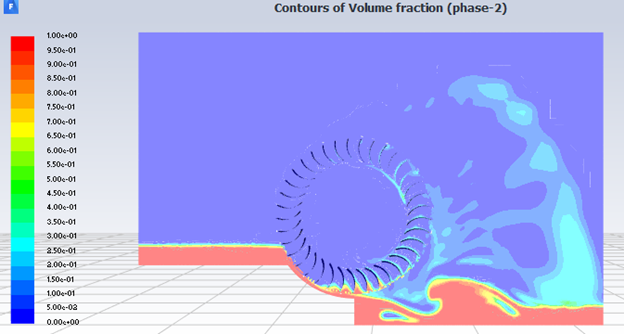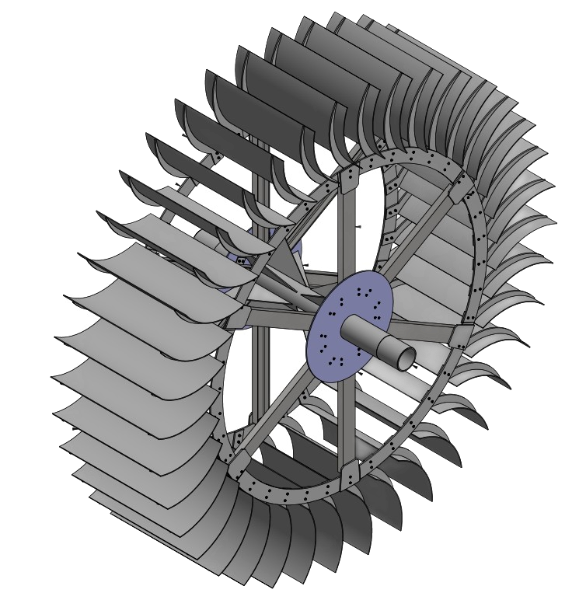Computational Fluid Dynamics - Water Energy
Water and liquids in general are elements that can and should be integrated into engineering solutions in a holistic way. Working with these liquids based on laboratory results and analyzes carried out in the past, is not the best way to exploit the synergies of these materials, either passively or actively. Computational fluid analysis (CFD) tools are already common in the engineering market, not only in the integration of water and other liquids within the design process, but also in the interaction with air and wind.

More and more alternative solutions to produce electric energy are emerging based on the exploitation of the benefits of water, whether it is the energy of waves, tides or currents. When you want to develop something in this innovative and different domain, to avoid the costs of carrying out physical tests in a reduced model, the best solution is to carry on a computational fluid analysis. With this type of analysis, it is possible to build a simulation of the equipment in real conditions, thus extracting fast production data and possible problems, as well as points and margin of optimization of the product until reaching the best capacity and efficiency values.
Slefty was involved in the analysis of water wheels for energy production using computational fluid analysis. Although water wheels are old equipment with little efficiency, in places with various restrictions for the use of the aquatic environment, they can be the solution for energy extraction. Many analyzes have already been carried out on water wheels, but the new simulation tools allow us to improve and increase the production output of these equipment’s. It was with this goal that Slefty worked on changing the design of these equipment’s, maximizing the energy output created, using CFD tools. The shape and configuration of the elements was worked on so that in a real situation and in the expected flow conditions, the wheels could exploit their maximum capacities and thus improve their performance.

In the case of energy production, the gains from optimizing the shape and design of the equipment make it possible to obtain a direct return from the sale of energy. As such, computational fluid analysis is an indispensable tool for the design and engineering of these equipment’s, but not just these ones. This type of analysis can be applied to various types of equipment that work with fluids and need an optimization or risk reduction in market placing. From energy production equipment in rivers and seas to the optimization of fluid transport in an industrial unit, there are several applications for this type of technology and in which Slefty can help.


